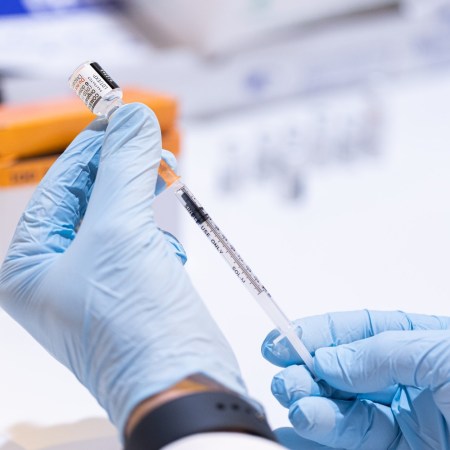One of the signature goals of the Biden Administration has been what’s been called the “cancer moonshot” — with a stated goal of halving the nation’s cancer deaths over 25 years. As goals go, that’s the definition of laudable. But it also begs the question of what that goal would translate to — and what the medical efforts to achieve it might look like. And it’s there that things get a bit more complicated.
A new article published in Nature chronicles the efforts of a group of scientists to quantify where the U.S. is now when it comes to deaths from cancer — and what it would take to achieve the “cancer moonshot.” As for what the scientists turned up — well, there’s news both encouraging and frustrating in there.
As Nature describes, the U.S. National Cancer Institute noticed a decline in cancer deaths in between 2016 and 2019. On average, each year that number dropped by 2.3%. That’s encouraging news — but it also reveals that if this rate of decline continued, the overall number of cancer deaths would drop by 44% from 2022 to 2047. That’s an impressive number, but it’s also not 50%.
The Sun Also Burns: Why Men Are at Such a Higher Risk for Skin Cancer
Men of all ages face a heightened risk of melanoma. Why? And more importantly, how do we fix it?The 50% goal can be achieved by the rate of deaths from cancer decreasing by 2.3% to 2.7%, according to the scientists who completed the study. That sounds like a challenge but not an impossibility — and if some other treatments in the works come to fruition between now and then, it might even be possible to imagine that rate falling even more.
Whether you’re looking to get into shape, or just get out of a funk, The Charge has got you covered. Sign up for our new wellness newsletter today.


















